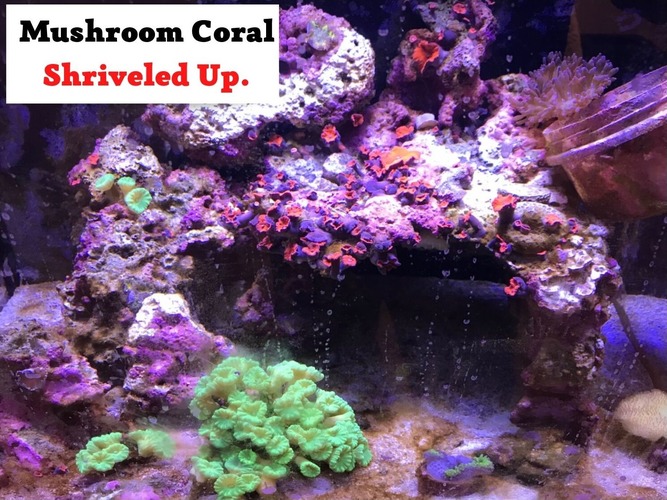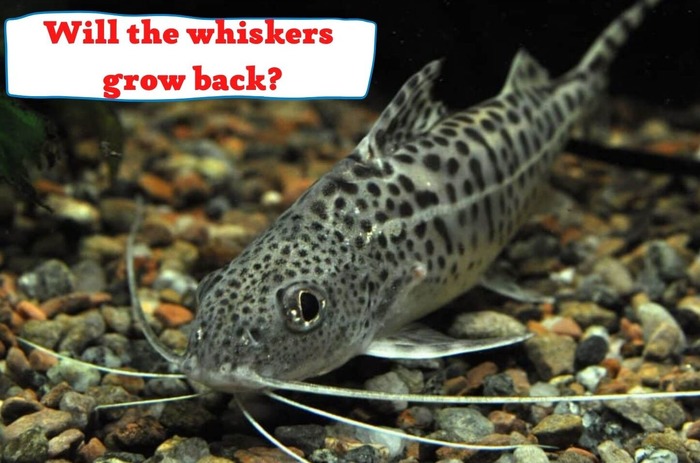
While taking up aquarium pets as your hobby, we are sure you wouldn’t have thought the cleaning process complicated. For most of you, fish would have sounded easier to maintain than pets like cats and dogs, which require regular cleaning and daily walks, respectively.
So, if you had been under such an illusion, keeping a few fish in your tank and their water-changing routine would have definitely made you think otherwise, right?
Over time, if you have moved to a bigger aquarium with even more fish and aquarium plants, you would have realized it is no longer a hobby rather a full-time job that demands excessive time on cleaning instead of learning more about the fish. Especially with Turbo snails in your aquarium, you might have gotten rid of the excessive algae, but the resulting poop might be taking up all your time.
So, what exactly can you do to manage the turbo snail as a part of the automated cleaning process, just the way you did for the algae? In a bigger picture, you can create a self-sufficient aquarium that can provide the majority of the necessary resources on its own along with the automated cleaning system. This is what we’ll cover in this article under the various sub-topics, including:
- Need to have a Turbo Snail
- Why is it essential to remove the Turbo Snail poop?
- Who can clean the turbo snail poop?
- Things you need to create a self-sufficient aquarium
Why do you need a Turbo Snail?
Turbo snail can be part of your cleanup crew if you have the aquatic plants inside your aquarium or an environment that can most likely create a lot of algae.
The Turbo Snails can eat up the excessive algae while keeping your aquarium free from the requirement of frequent and rigorous scrubbing.
Who can clean the turbo snail poop?
Your turbo snails are providing you with a solution to your algae problem, creating another problem: the turbo snail poop. You shouldn’t worry about it much because it is part of the food cycle. If you want to create a self-sustaining equilibrium and make your life easier, you’ll have to find a solution for this level of the food cycle too.
That means you should find an organism that relies on the Turbo snail poop or its diet and, as a result, decomposes all of it (at least a significant part of it) to make your life easy. We’ll get to that later in this article.
But you might be wondering why you needed to remove the Turbo Snail poop. Why can’t it stay there till you are willing to perform the entire cleaning process? So, let’s address it first.
Why is it essential to remove the Turbo Snail poop?
The turbo snail poop is part of detritus. It is the decaying plant material, poop, extra food, or other such waste material with nitrogen. Any material, including the Turbo Snail poop, will initiate the nitrogen cycle, which will increase the nitrate levels in the water.
The higher nitrate concentration in the water is known to limit the fish’s proper growth. It is also associated with the decreased oxygen level in the aquarium, leaving the fish and the other creatures with no breathing space, making them die eventually. Even the Turbo Snail cannot handle high nitrate levels, and the presence of large quantities of nitrates in the aquarium can result in fatality.
Surprisingly, elevated levels of nitrate are also associated with increased algae growth. The higher growth of algae would imbalance the entire ecosystem as the Turbo Snails wouldn’t handle more algae. Similarly, the plants also need limited nitrates. With an increased quantity of this compound in the aquarium, algae would cover all the plants, too; they’ll wither and ultimately die.
Ways to remove the Turbo Snail Poop

Now when you are aware of the reasons for removing the turbo snail poop, let’s see how you can do that. There are a few options available to solve this problem; let’s discuss all of them. You can choose a mixture of all these options to include in your aquarium or go for a single solution, depending upon the nature of your tank and your prefaces regarding the ultimate outlook of your fish aquarium.
We’ll discuss the ways to remove the poop itself along with the removal of nitrate that the poop will ultimately cause.
Removal of Poop
Here are the two poop removal methods:
Using siphon suction pipe
Setting up a suction pipe isn’t difficult but would require a bit of your time and expertise to do things right. You don’t need the fancy instrument to pull the snail poop out of your tank. A hosepipe with a pump can do that. Just put one end of the hosepipe in the tank and use the suction to get the poop out.
If you have an automated aquarium, you might want to reduce the water flow while doing it. However, the process can be done as it is, but it might require more of your effort.
Be sure to clean the corners and under the rocks properly because the nitrates staying in your tank will change the nutrient level altogether, resulting in more problems for your fish and the other organisms living in your tank.
Change the water
This might be the obvious solution for many of you. But definitely, it is time consuming and involves a lot of hassle including risks for your aquatic life.
But if you don’t find any other solution for the removal you might choose it. When removing the water from the tank, you’ll also get the Snail poop out.
Removal of Nitrate
Live plants
The addition of live plants to your aquarium can be one of the best solutions to reduce the number of nitrates in the water. They can serve the purpose in two ways. The aquatic plants require ammonia to survive so that they can consume ammonia from the water limiting its availability. With a limited amount of ammonia presented in the water, its conversion to nitrites and the further breakdown to nitrates will not excessively boost the nitrate concentration in the water.
Keep your filters clean
The other way to keep the nitrates out of the aquarium water system is to clean your filters. It will absorb a considerable amount of nitrates from the tank. Besides, block filters contain a lot of organic matter, which can be problematic for your tank in the long run. So, you cannot leave the filters unclean for a more extended period.
Don’t overcrowd your tank
One of the other solutions to keep the nitrate levels low in your aquarium is to not overcrowd your tank. The fewer living organisms per gallon of water, the lower the debris and the snail poop; thus, your nitrate level will be lower.
So, when it comes to what can clean the Snail Poop from the aquarium, the simple answer is you can plant your aquarium if you haven’t already done so. Plants release nitrates but consume them as well, limiting the amount in your tank.
Overall, you can include a combination of these things to get things right.
Ways to create a self-sufficient aquarium?
After resolving the issue with the nitrates and especially with the snail poop, have you been considering moving towards a self-sufficient aquarium?
Let’s look at the main elements that can help you reach one.
Aquarium – the first thing you need for creating a self-sufficient aquarium is the aquarium itself. The choice about the size depends on you but to add a few organisms to it, it should not be too small.
Substrate – creating a bacterial environment for your tank requires a substrate. The inclusion of substrate can give a healthy boost to the plants while keeping the bacterial elements at the lower parts of the tank not to harm plants or other living organisms.
Water – add the treated water to your aquarium after checking the PH levels, salinity, and other factors to ensure the sustainability of aquatic life.
Plants – a mixture of low-maintenance plants (like Java Moss and Java Fern) and dense ones can provide a suitable environment for the fish and other living creatures in the aquarium. Besides, they can look aesthetically good as well.
Filter, light source, and décor – you’ll have to buy these elements depending upon the nature and size of your aquarium tank.
Fish – an essential thing in the fish tank is the fish. You’ll have to keep the variety of fish and other aquatic animals to keep the balance and make the aquarium self-sufficient. Mollies and Nerite snails can eat algae, while Haplo Catfish can clean up after the snails, thus helping the overall nutrients in the ecosystem to a level that can maintain a healthy environment.
- Pleco Not Eating. Main Reasons Your Pleco Is Starving - February 21, 2022
- Foxface Fish Sting: Any Danger? And What To Do To Relieve Pain? - February 20, 2022
- White Stuff Coming Out Of Snail – Dangerous? Should You Worry About It? - February 19, 2022




